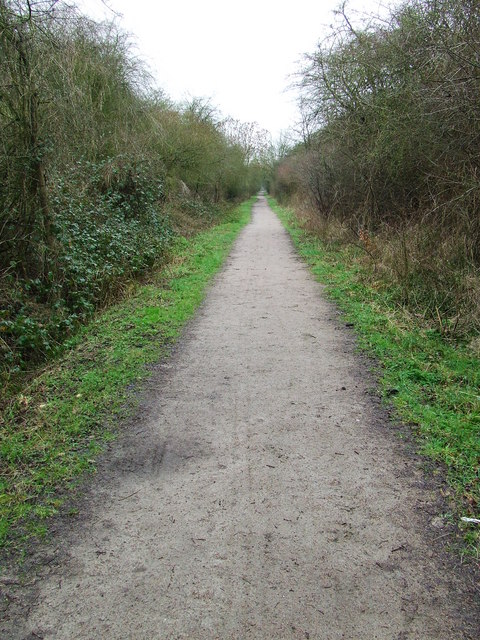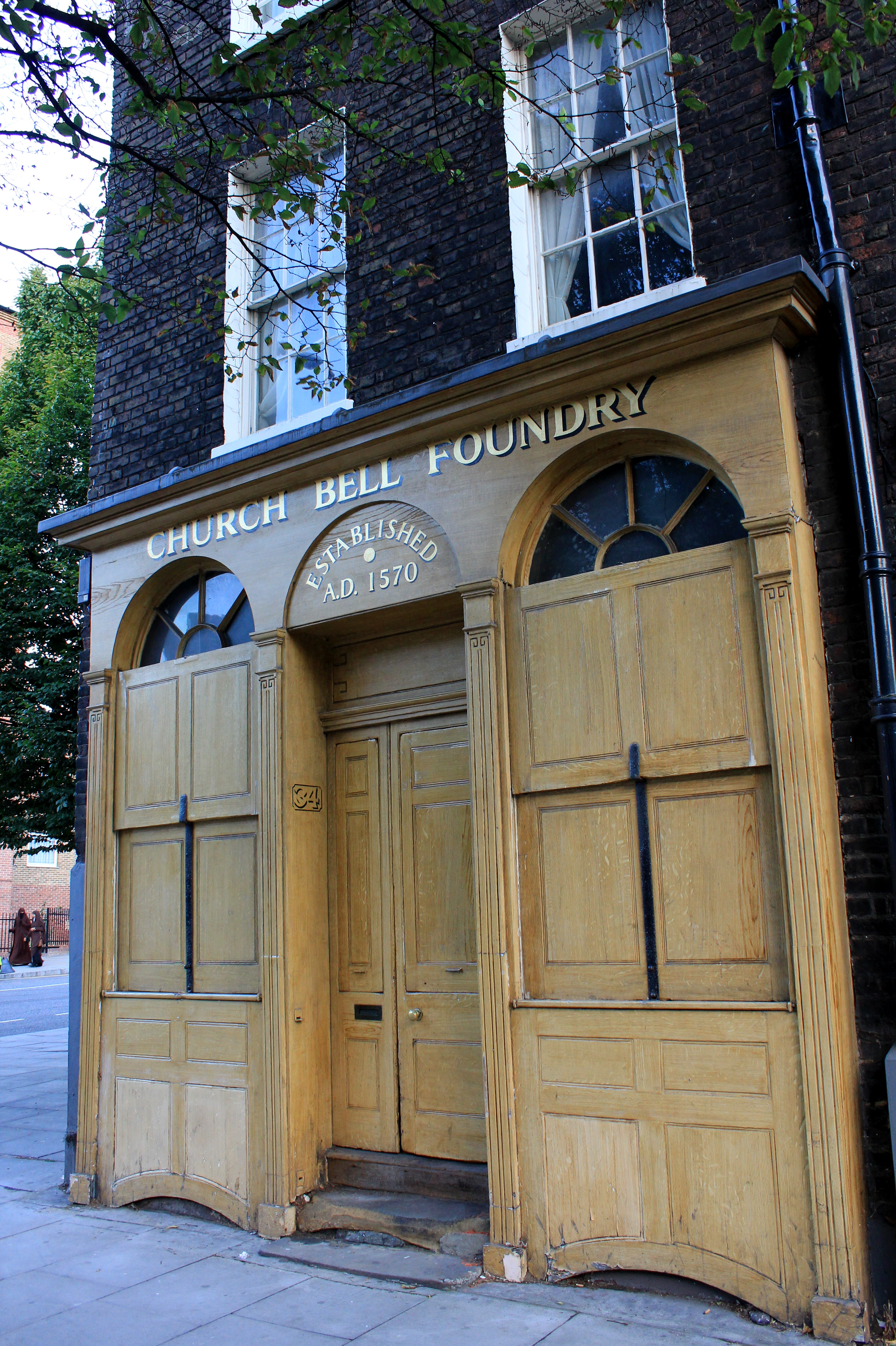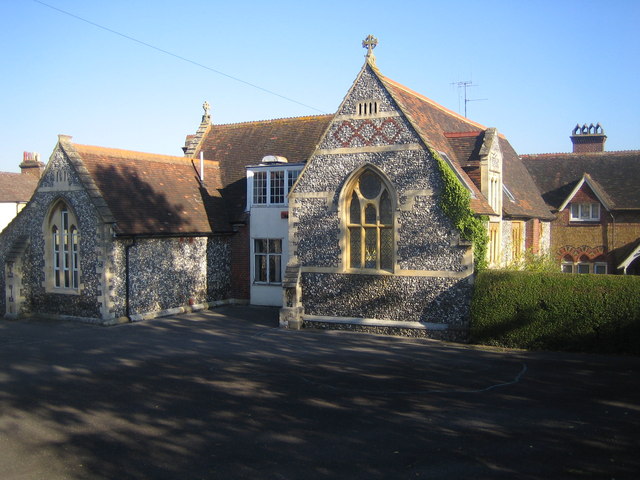|
Hatfield Broad Oak
Hatfield Broad Oak (also known as Hatfield Regis) is a village and civil parish in the Uttlesford district of Essex, England. The village is approximately south-east of Bishop's Stortford. Near the church of St Mary the Virgin is former Benedictine priory Hatfield Regis Priory. History Traces of Bronze Age occupation have been found in the parish, including the Portingbury Hills mound in Hatfield Forest. The settlement of Hatfield was well established by the time of the Norman Conquest and its ''Domesday Book'' population of 115 put it as the ninth largest settlement in Essex.Open Domesday Online: Hatfield (Broad Oak) accessed January 2019. At one time a royal manor of Harold I, it fell ... [...More Info...] [...Related Items...] OR: [Wikipedia] [Google] [Baidu] |
Uttlesford
Uttlesford is a Non-metropolitan district, local government district in Essex, England. Its council is based in the town of Saffron Walden. The district also includes the town of Great Dunmow and numerous villages, including Stansted Mountfitchet, Takeley, Elsenham, Thaxted, and Newport, Essex, Newport. The district covers a largely rural area in the north-west of Essex. London Stansted Airport lies within the district. The neighbouring districts are Braintree District, Braintree, City of Chelmsford, Chelmsford, Epping Forest District, Epping Forest, East Hertfordshire, North Hertfordshire and South Cambridgeshire. History The district was formed on 1 April 1974 under the Local Government Act 1972 as one of 14 districts within Essex. The new district covered the area of three former districts, which were all abolished at the same time: *Dunmow Rural District *Saffron Walden Municipal Borough *Saffron Walden Rural District The new district was named after the ancient hundred (cou ... [...More Info...] [...Related Items...] OR: [Wikipedia] [Google] [Baidu] |
Site Of Special Scientific Interest
A Site of Special Scientific Interest (SSSI) in Great Britain, or an Area of Special Scientific Interest (ASSI) in the Isle of Man and Northern Ireland, is a conservation designation denoting a protected area in the United Kingdom and Isle of Man. SSSI/ASSIs are the basic building block of site-based nature conservation legislation and most other legal nature/geological conservation designations in the United Kingdom are based upon them, including national nature reserve (United Kingdom), national nature reserves, Ramsar Convention, Ramsar sites, Special Protection Areas, and Special Area of Conservation, Special Areas of Conservation. The acronym "SSSI" is often pronounced "triple-S I". Selection and conservation Sites notified for their Biology, biological interest are known as Biological SSSIs (or ASSIs), and those notified for geological or Physical geography, physiographic interest are Geological SSSIs (or ASSIs). Sites may be divided into management units, with some a ... [...More Info...] [...Related Items...] OR: [Wikipedia] [Google] [Baidu] |
The Hundred Parishes
The Hundred Parishes is a cultural heritage initiative focused on an area in the East of England recognized for its high concentration of cultural and historical significance. Although without formal recognition or status, the concept has the blessing of county and district authorities. It encompasses around 450 square miles (1,100 square kilometres) of northwest Essex, northeast Hertfordshire and southern Cambridgeshire. The area comprises just over 100 administrative parishes, hence its name. It contains over 6,000 listed buildings and many Conservation area (United Kingdom), conservation areas, village greens, ancient hedgerows, protected features and a historical pattern of small rural settlements in close proximity to one another. Origins The idea of recognising the area for its special heritage characteristics was originally conceived by local historian and author David Heathcote. A steering group of local historians, conservationists and a local authority representativ ... [...More Info...] [...Related Items...] OR: [Wikipedia] [Google] [Baidu] |
Wards And Electoral Divisions Of The United Kingdom
The wards and electoral divisions in the United Kingdom are electoral districts at sub-national level, represented by one or more councillors. The ''ward (subnational entity), ward'' is the primary unit of English electoral geography for civil parishes and borough and district councils, the ''electoral ward'' is the unit used by Welsh principal councils, while the ''electoral division'' is the unit used by English county councils and some unitary authority, unitary authorities. Each ward/division has an average electorate of about 5,500 people, but ward population counts can vary substantially. As of 2021 there are 8,694 electoral wards/divisions in the UK. An average area of wards or electoral divisions in the United Kingdom is . England The London boroughs, metropolitan boroughs and non-metropolitan districts (including most unitary authority, unitary authorities) are divided into wards for local elections. However, county council elections (as well as those for several unitary ... [...More Info...] [...Related Items...] OR: [Wikipedia] [Google] [Baidu] |
Barrington Hall, Essex
Barrington Hall is a Grade II* listed 18th-century English country house in Hatfield Broad Oak, Essex, England. Barrington Hall is built in red brick, in both two and three storeys, with a balustraded parapet and a number of ornamentally shaped Dutch gables. The south front of the house has a central block centrepiece with carved figures. It was Grade II* listed In the United Kingdom, a listed building is a structure of particular architectural or historic interest deserving of special protection. Such buildings are placed on one of the four statutory lists maintained by Historic England in England, H ... in 1975, its listing stating: "c.1734 and mid C19. Of red brick with stone dressings and rusticated stone quoins." History The original manor of Hatfield Broad Oak was bought by Sir Francis Barrington in 1612. The Barringtons were the hereditary woodwards (foresters) of Hatfield Forest. Prior to 1600 the family seat was an earlier Barrington Hall, which once stood on a moat ... [...More Info...] [...Related Items...] OR: [Wikipedia] [Google] [Baidu] |
Robert De Vere, 3rd Earl Of Oxford
__NOTOC__ Robert de Vere (after c. 1165 – before 25 October 1221), hereditary Master Chamberlain of England, was the son of Aubrey de Vere III, Aubrey de Vere, 1st Earl of Oxford, and Agnes of Essex. He succeeded his brother as the third Earl of Oxford, and was one of the twenty-five guarantors of Magna Carta. Robert de Vere was the second surviving son of Aubrey de Vere III, Aubrey de Vere, 1st Earl of Oxford, and his third wife, Agnes of Essex. The date of his birth is not known, but he was likely born after 1164. Almost nothing is known of his life until 1207, when he married Isabel de Bolebec, the widow of Henry de Nonant (d. 1206) of Totnes, Devon. In 1206-07, Isabel and her sister Constance were co-heiresses of their niece, another Isabel de Bolebec, the countess of Oxford by her marriage to Robert's brother, Aubrey de Vere, 2nd Earl of Oxford. They divided the barony of Whitchurch. The fact that aunt and niece had identical names, Isabel de Bolbec, and were s ... [...More Info...] [...Related Items...] OR: [Wikipedia] [Google] [Baidu] |
Whitechapel Bell Foundry
The Whitechapel Bell Foundry was a business in the London Borough of Tower Hamlets. At the time of the closure of its Whitechapel premises, it was the oldest manufacturing company in Great Britain. The bell foundry primarily made church bells and their fittings and accessories, although it also provided single tolling bells, carillon bells and handbells. The foundry was notable for being the original manufacturer of the Liberty Bell, a famous symbol of American independence, and for re-casting Big Ben, which rings from the north clock tower (the Elizabeth Tower) at the Houses of Parliament in London. The Whitechapel premises are a Grade II* listed building. The foundry closed on 12 June 2017, after nearly 450 years of bell-making and 250 years at its Whitechapel site, with the final bell cast given to the Museum of London along with other artefacts used in the manufacturing process, and the building has been sold. Following the sale of the Whitechapel Bell Foundry, the ... [...More Info...] [...Related Items...] OR: [Wikipedia] [Google] [Baidu] |
Mary (mother Of Jesus)
Mary was a first-century Jewish woman of Nazareth, the wife of Joseph and the mother of Jesus. She is an important figure of Christianity, venerated under various titles such as virgin or queen, many of them mentioned in the Litany of Loreto. The Eastern and Oriental Orthodox, Catholic, Anglican, Methodist, Reformed, Baptist, and Lutheran churches believe that Mary, as mother of Jesus, is the Mother of God. The Church of the East historically regarded her as Christotokos, a term still used in Assyrian Church of the East liturgy. Other Protestant views on Mary vary, with some holding her to have lesser status. She has the highest position in Islam among all women and is mentioned numerous times in the Quran, including in a chapter named after her.Jestice, Phyllis G. ''Holy people of the world: a cross-cultural encyclopedia, Volume 3''. 2004, , p558 Sayyidana Maryam . She is also revered in the Baháʼí Faith and the Druze Faith. The synoptic Gospels name Mary as the ... [...More Info...] [...Related Items...] OR: [Wikipedia] [Google] [Baidu] |
Anglo-Saxon Architecture
Anglo-Saxon architecture was a period in the history of architecture in England from the mid-5th century until the Norman Conquest of 1066. Anglo-Saxon secular buildings in Britain were generally simple, constructed mainly using timber with thatch for roofing. No universally accepted example survives above ground. Generally preferring not to settle within the old Roman cities, the Anglo-Saxons built small towns near their centres of agriculture, at fords in rivers or sited to serve as ports. In each town, a main hall was in the centre, provided with a central hearth. There are many remains of Anglo-Saxon church architecture. At least fifty churches are of Anglo-Saxon origin with major Anglo-Saxon architectural features, with many more claiming to be, although in some cases the Anglo-Saxon part is small and much-altered. It is often impossible to reliably distinguish between pre- and post-Conquest 11th century work in buildings where most parts are later additions or alterations. T ... [...More Info...] [...Related Items...] OR: [Wikipedia] [Google] [Baidu] |
National School (England And Wales)
A National school was a school founded in 19th-century England and Wales by the National Society for Promoting Religious Education. These schools provided elementary education, in accordance with the teaching of the Church of England, to the children of the poor. Together with the less numerous British schools of the British and Foreign School Society, they provided the first near-universal system of elementary education in England and Wales. The schools were eventually absorbed into the state system, either as fully state-run schools or as faith schools funded by the state. History Prior to 1800, education for poorer children was limited to isolated charity schools. In 1808 the Royal Lancastrian Society (later the British and Foreign School Society) was created to promote schools using the Monitorial System of Joseph Lancaster. The National Society was set up in 1811 to establish similar schools using the system of Dr. Andrew Bell, but based on the teachings of the Church ... [...More Info...] [...Related Items...] OR: [Wikipedia] [Google] [Baidu] |
Listed Building
In the United Kingdom, a listed building is a structure of particular architectural or historic interest deserving of special protection. Such buildings are placed on one of the four statutory lists maintained by Historic England in England, Historic Environment Scotland in Scotland, in Wales, and the Historic Environment Division of the Department for Communities in Northern Ireland. The classification schemes differ between England and Wales, Scotland, and Northern Ireland (see sections below). The term has also been used in the Republic of Ireland, where buildings are protected under the Planning and Development Act 2000, although the statutory term in Ireland is "Record of Protected Structures, protected structure". A listed building may not be demolished, extended, or altered without permission from the local planning authority, which typically consults the relevant central government agency. In England and Wales, a national amenity society must be notified of any work to ... [...More Info...] [...Related Items...] OR: [Wikipedia] [Google] [Baidu] |






